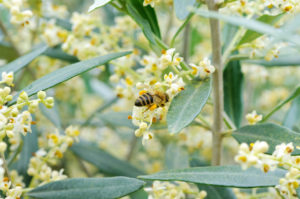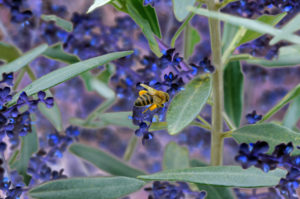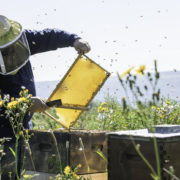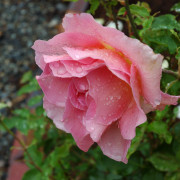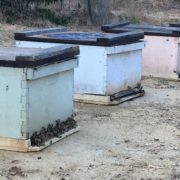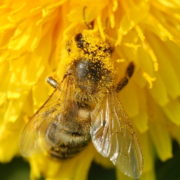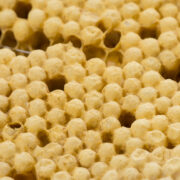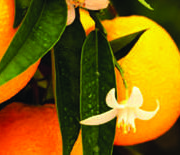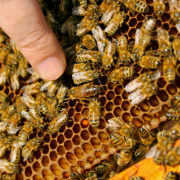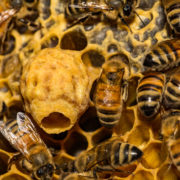What Attracts Honeybees To Flowers?
When flying about, honeybees’ two most powerful senses are their eyesight and sense of smell. When at full bloom, flowers’ most attractive features are their beauty to the eyes, as well as their fragrance to the nose. Is this a coincidence? No. Honeybees are designed to find flowers, and flowers are designed to find honeybees.
Did you ever wonder why flowers are almost never the same color as the plant itself? The flower on any plant needs to stand out, and be as beautiful and fragrant as it can be to attract the bees that it needs for the next generation of plants to survive.
As humans we also appreciate the beauty and fragrance of a perfect flower. But compared to what a bee experiences, our visual perception of a flower is downright drab. It is as though we are looking at an old scratched computer screen while the bees are watching a 3D movie in IMAX! Not only is a bee’s sense of smell keenly more acute than ours, a bee’s eyesight is perfectly optimized for identifying flowers.
You may not know this, but flowers display a richness that largely escapes our range of vision. Bees see in a different range of frequencies, or spectrum, than humans. Whereas a human’s eyesight ranges from red to violet on the color spectrum (the colors of the rainbow), the bees’ vision ranges from orange to ultraviolet. Bees cannot see red, but they can see well into the ultraviolet spectrum. In the ultraviolet spectrum, many flowers have an iridescent quality, in which they appear to change color or flicker from one color to another. While we humans fail to see this beauty, the bees identify it immediately.
If humans could see into the ultraviolet spectrum, we would see iridescent colors in a flower, along with patterns on the petals of flowers that seem to almost point the way to the nectar source. A dandelion, when seen in the UV spectrum, is not completely yellow but has a rich and darker looking center that immediately draws attention. That center, not coincidentally, is where the nectar lies.
Bees’ vision is also vastly faster than ours, which means that they can identify changes in colors while on the move. In fact, honeybees can actually identify individual flowers while traveling at high speed! Is it any wonder why scout bees never fail to “stop and smell the flowers” along the way?

